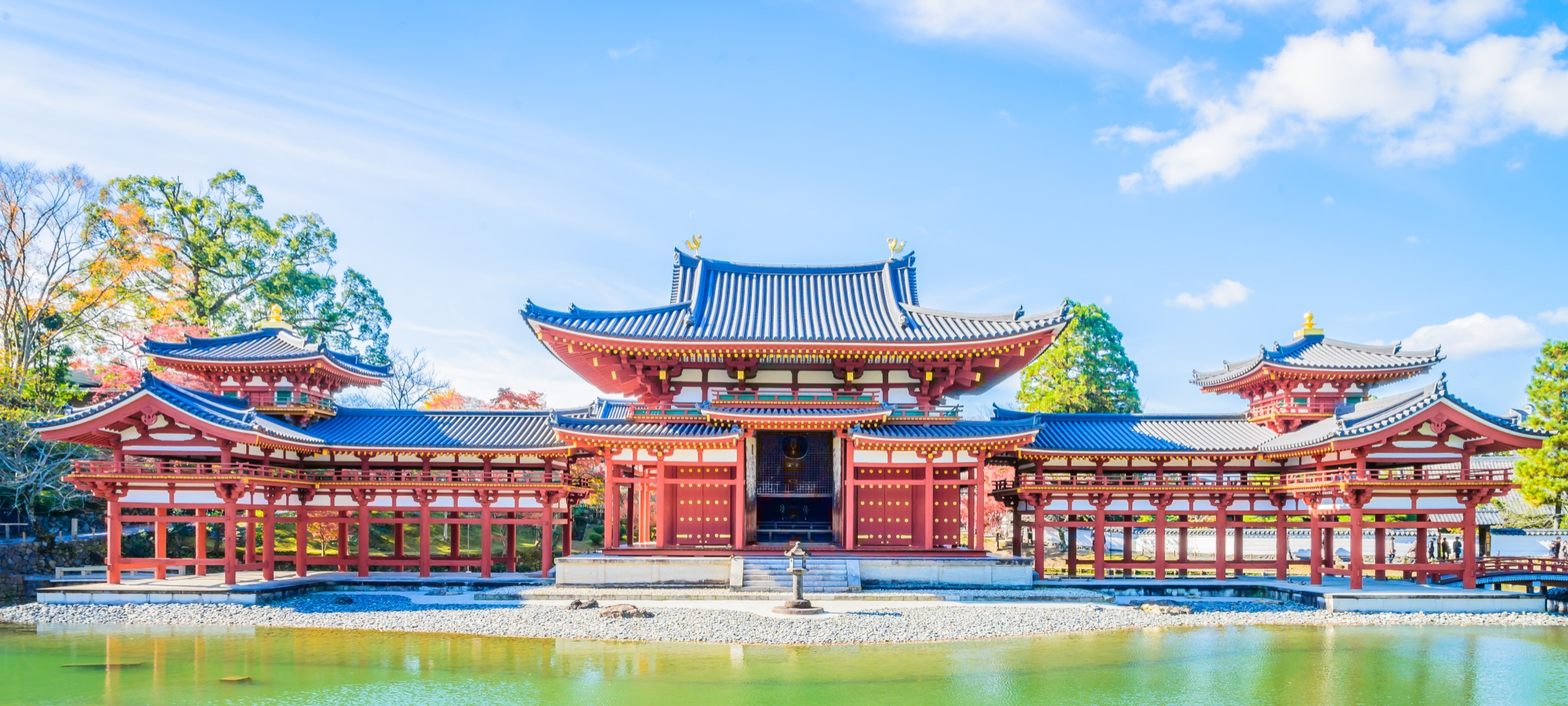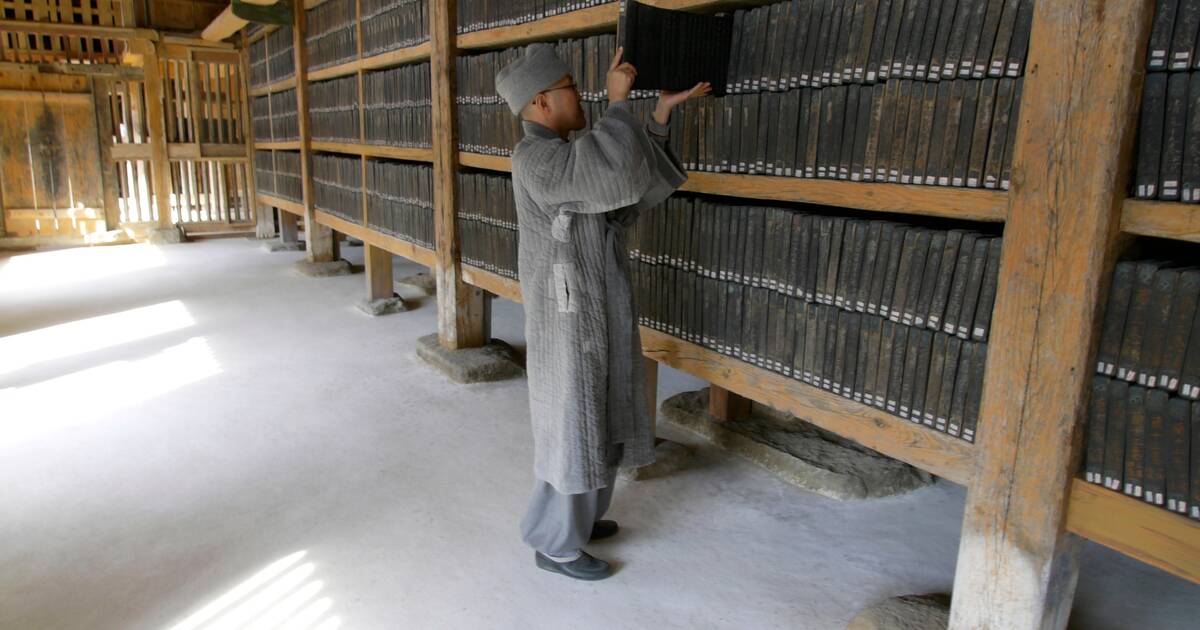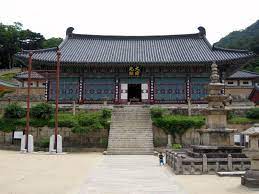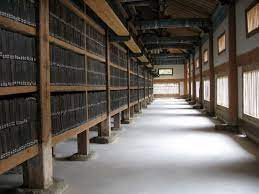The serene beauty of South Korea's Mount Gaya, Haeinsa Temple is a living testament to the rich history of Buddhism and a guardian of an invaluable treasure—the Tripitaka Koreana. This ancient temple has preserved the world's oldest intact Buddhist canon, a remarkable achievement that holds immense significance for Buddhists and scholars alike. Join me on a journey to Haeinsa Temple, where the spirit of enlightenment and the written wisdom of the ages converge in a place of profound reverence. The Enigmatic Tripitaka Koreana: The Tripitaka Koreana, also known as the "Palman Daejanggyeong," is a remarkable collection of Buddhist scriptures carved onto over 80,000 wooden printing blocks. Dating back to the 13th century, this meticulous work is considered the world's oldest and most complete surviving version of the Buddhist canon in the Chinese script. Explore the story behind the creation of this extraordinary masterpiece and its enduring significance in preserving Buddhist teachings. The Treasured Janggyeong Panjeon: The Janggyeong Panjeon, a UNESCO World Heritage Site, is the repository that houses the precious Tripitaka Koreana. This unique building was ingeniously designed to protect the wooden blocks from the elements, preserving them for centuries. Share the architectural marvel of the Janggyeong Panjeon and the care taken to ensure the survival of this invaluable cultural heritage. Spiritual Retreat and Cultural Heritage: Haeinsa Temple is not just a repository; it's a living temple where Buddhist practice continues to flourish. Immerse yourself in the tranquility of the temple grounds, where the scent of incense mingles with the melodies of chanting monks. Experience the daily rituals, participate in meditation sessions, and witness the harmonious blend of spirituality and cultural preservation. Breathtaking Natural Beauty: Surrounded by lush forests, Haeinsa Temple enjoys a setting of unparalleled natural beauty. As you explore the temple complex, take in the panoramic views of the mountainous landscape, tranquil streams, and vibrant flora. Capture the essence of the temple's connection with nature, and inspire your readers to appreciate the harmonious relationship between the human-made and the natural world. Continuing Legacy and Inspiration: Haeinsa Temple's dedication to preserving the Tripitaka Koreana is an inspiration for generations to come. By sharing the story of the temple and its ancient treasures, you're helping ensure that this timeless legacy continues to shine as a beacon of knowledge, enlightenment, and cultural heritage for future seekers of wisdom.






